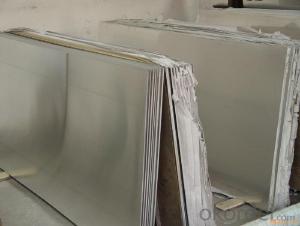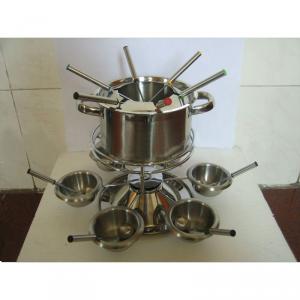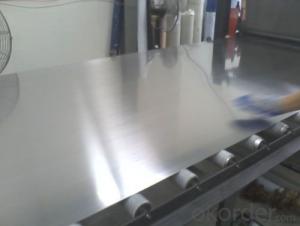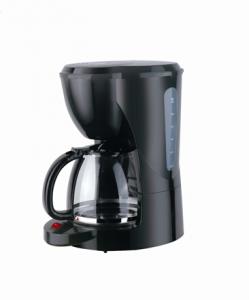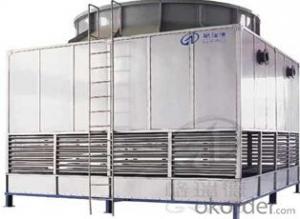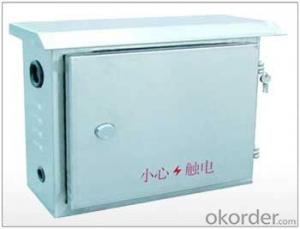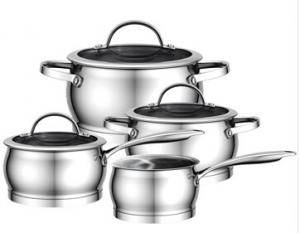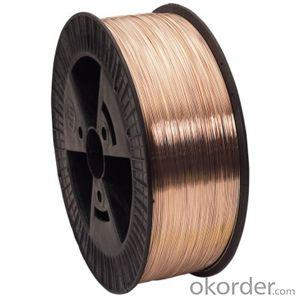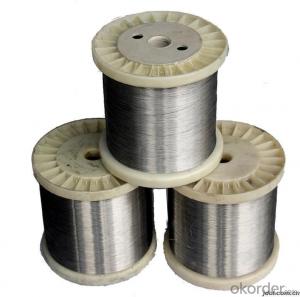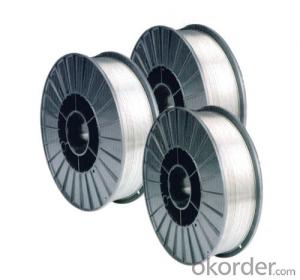Inox Stainless Steel
Inox Stainless Steel Related Searches
Stainless Steel Stainless Oxo Stainless Steel Metal Stainless Steel Satin Stainless Steel Kitchen Stainless Steel Stainless Steel Iron Chain Stainless Steel Stainless Steel Metals Stainless Steel Hardware Material Stainless Steel Thermos Stainless Steel Black Stainless Steel Matte Stainless Steel Solder Stainless Steel Liquid Stainless Steel Stainless Steel Neckless Vinegar Stainless Steel Blender Stainless Steel Stainless Steel Door Colored Stainless Steel Stainless Steel Oxidized Rust Stainless Steel Oxidize Stainless Steel Non Magnetic Stainless Steel German Stainless Steel Stainless Steel Doors Welded Stainless Steel Stainless Steel Enclosures Chrome Stainless Steel Stainless Steel StorageInox Stainless Steel Supplier & Manufacturer from China
Inox Stainless Steel offers a wide range of high-quality stainless steel products, including sheets, pipes, and fittings. These products are known for their durability, corrosion resistance, and aesthetic appeal, making them ideal for various industries such as construction, automotive, and food processing. The versatility of Inox Stainless Steel products allows them to be used in numerous applications, from architectural structures to kitchen appliances, ensuring long-lasting performance and a sleek finish. Okorder.com is a leading wholesale supplier of Inox Stainless Steel products, boasting a vast inventory that caters to the diverse needs of customers worldwide. By partnering with Okorder.com, clients can access a comprehensive selection of Inox Stainless Steel products at competitive prices, ensuring efficient and cost-effective procurement.Hot Products






















